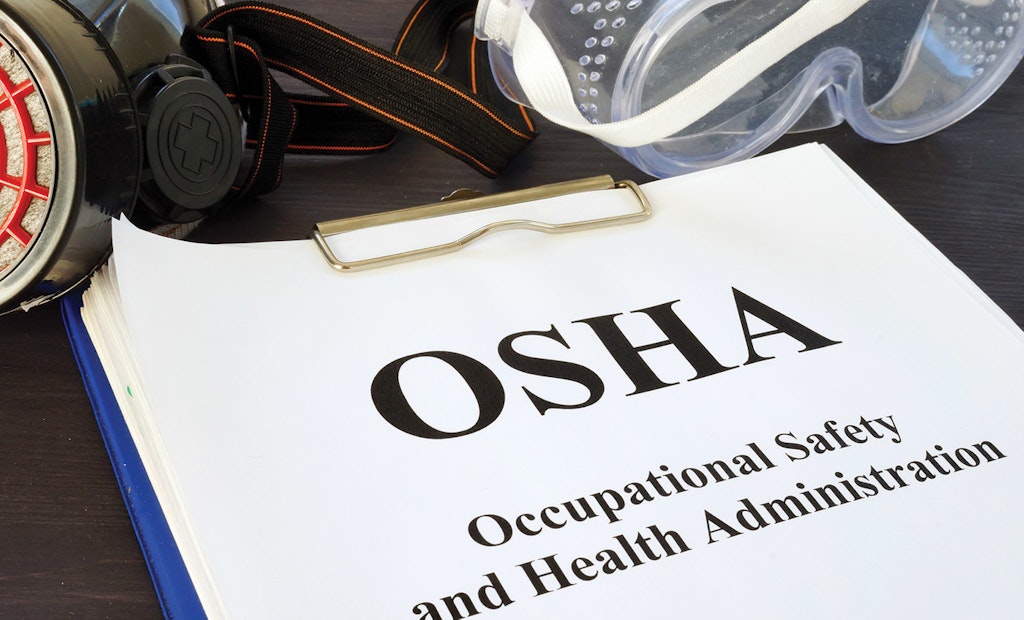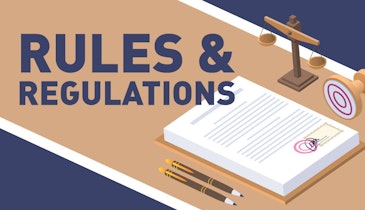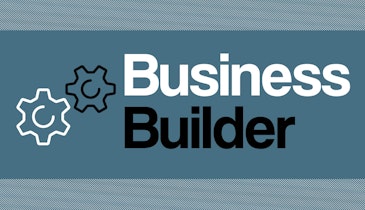OSHA audits can happen at any time, sometimes with little or no advance warning. Because you never know for sure when an inspector will show up at your place of business, it’s imperative to be ready at all times.
1) Know what to expect
First things first: If an inspector does...






